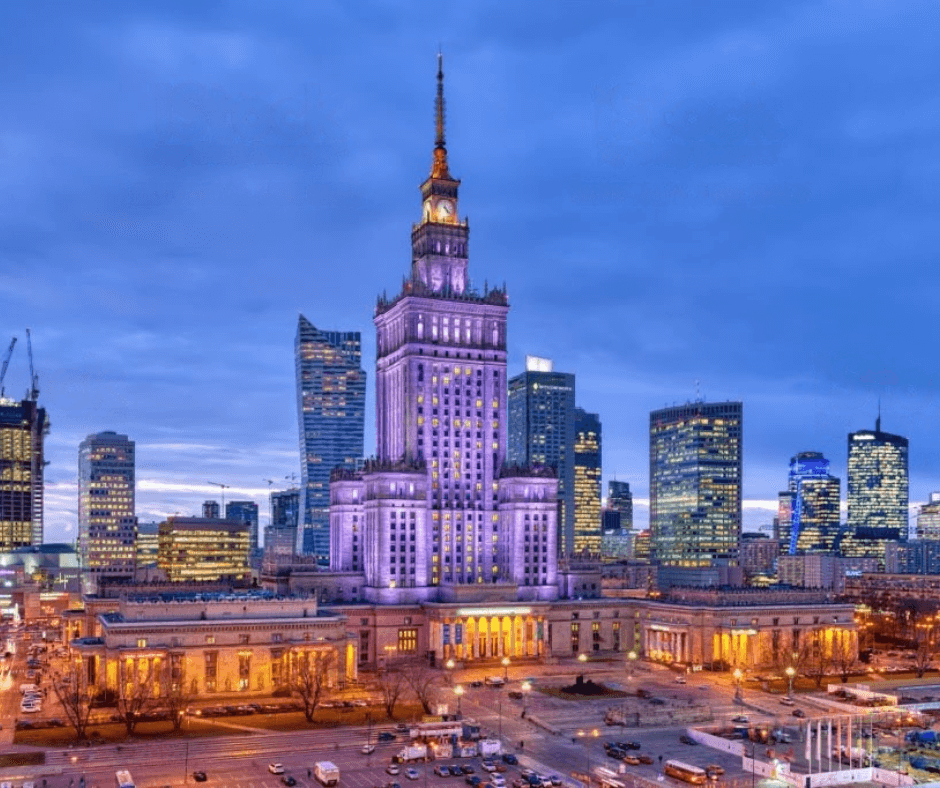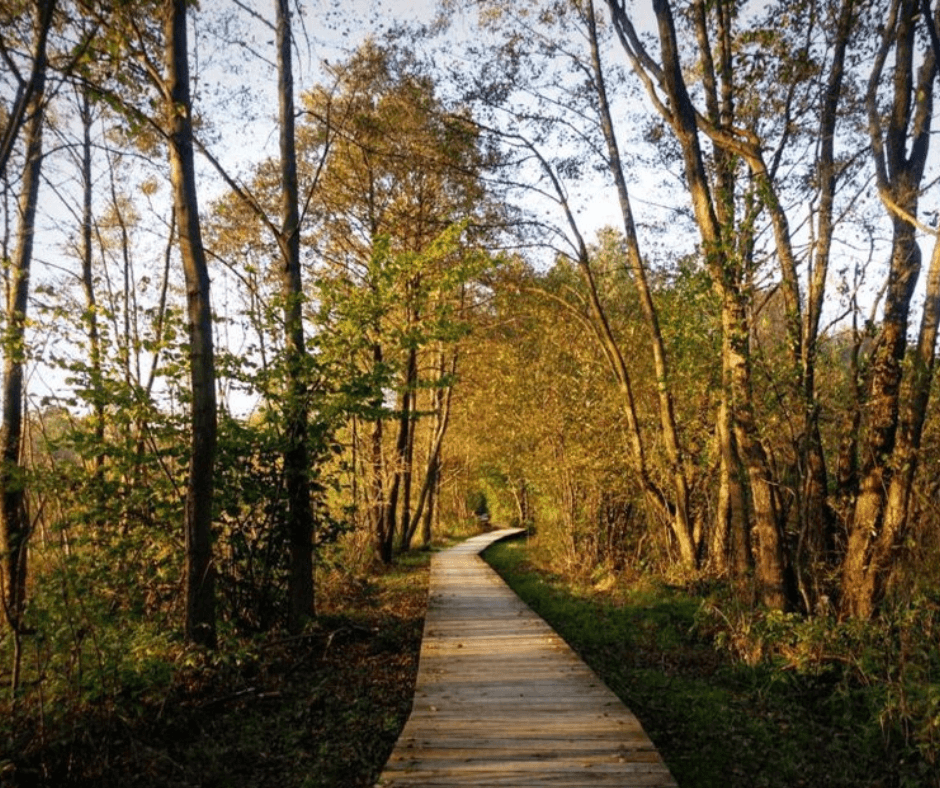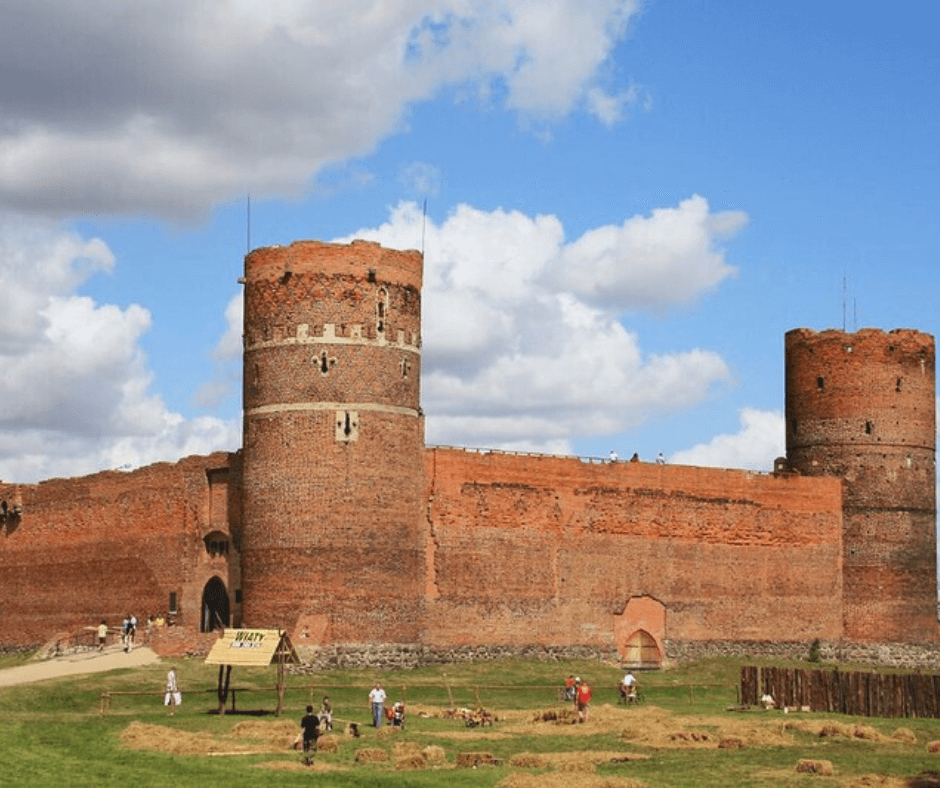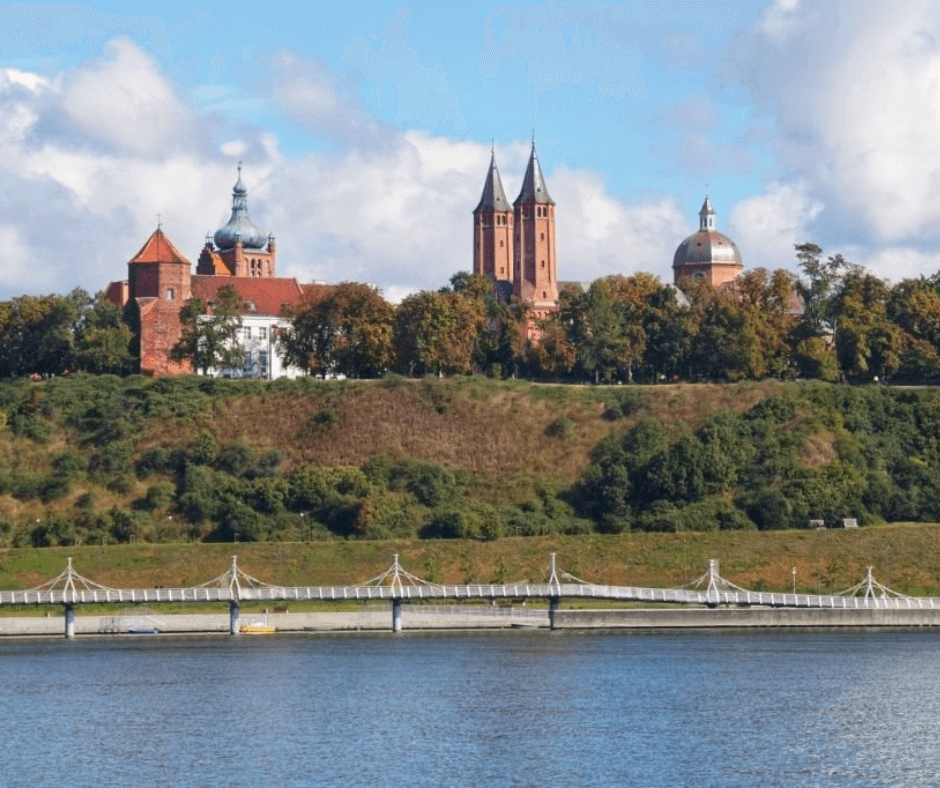Masovian Voivodeship is the largest and most populous region of Poland with a population of 5,411,446 inhabitants. This historical region in north-central Poland stretches across the plains of Mazovia, on both banks of the Vistula and at its confluence with the Narew and the Bug. Forests cover one fifth of the region, with the large forest of Kampinos, Puszcza Biała and Puszcza Zielona.
In this article we will explore this beautiful region in Poland.
The capital: Warsaw
The main cultural centre of the region, together with Kraków, is Warsaw.
The capital has several magnificent historical buildings and monuments, including the Old Town and the New Town, both of which were almost completely demolished during World War II but meticulously restored and declared UNESCO World Heritage Sites in 1980.
The capital is home to dozens of theatres, the National Philharmonic, the National Opera House, the National Library, the National Museum, the Centrum Nauki Kopernik, the Muzeum Powstania Warszawskiego, the Temple of Divine Providence and the Shrine of Blessed Jerzy Popiełuszko.
Several important buildings were constructed in the adjacent Krakowskie Przedmieście Street. There are also the royal palaces and gardens of Łazienki and Wilanów. The most interesting post-war building is the Pałac Kultury i Nauki.
Although most visitors to the Masovian Voivodeship in central Poland rarely go beyond the nation’s capital, Warsaw, there is certainly much to see in the surrounding countryside. Let’s see some examples below.

Kampinos National Park
Located in central Poland, Kampinos National Park (along with its buffer zone) is one of the most important wildlife sanctuary of Polish lowlands. This national treasure, on the outskirts of Warsaw, protects the Kampinos Forest complex in the Vistula river valley.
It is an area of great landscape variety, with two dominant, interlaced bands of dunes and marshes. The park is also home to many animal species and it protects historical, cultural and architectural landmarks.
Kampinos National Park is an ideal place for hiking, biking and cross-country skiing.

Ciechanów Castle
Built in the second half of the 14th century, the castle of the Masovian Dukes is an example model of gothic castles located in the Polish lowlands and the largest knights’ stronghold in Mazovia.
The Castle of Ciechanów was initially built on a rectangular plan, and its empty courtyard was supposed to provide shelter for the inhabitants of the city during times of danger. Over the centuries, the castle’s function gradually changed from typically defensive into an aristocratic residence.
Nowadays, the castle houses a section of the Museum of Masovian Nobility in Ciechanów.

Płock
If you wish a good day trip option from Warsaw, you can head to the beautiful Płock, which lies on the banks of Poland’s longest river, the Wisła.
In addition to the magnificent views of the river and the surrounding countryside, the city offers visitors many interesting things to see and do, ranging from tasting traditional Polish food to visiting an old castle and seeing the animals in one of Poland’s best zoos.
Additionally, you can admire its main square known as the Stary Rynek (Old Market Square) with its impressive city hall overlooking it, and explore the huge brick Cathedral.

If you are planning a getaway to Poland, have a look at our portfolio of hotels in this country.
